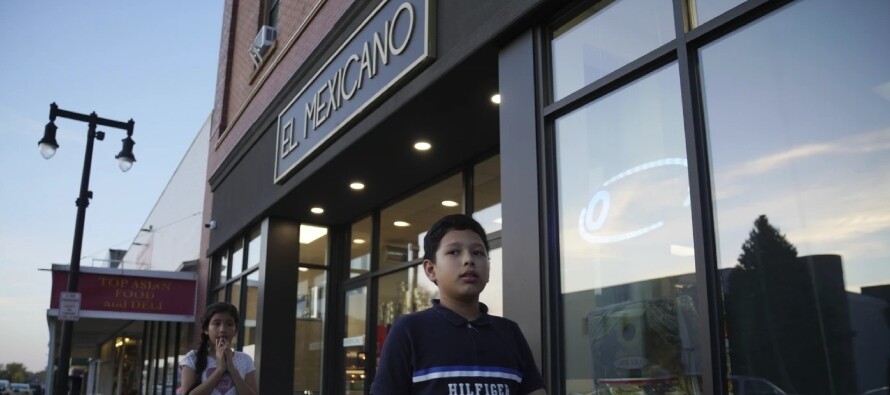
In a small town in Minnesota, cultural diversity has transformed the community and posed challenges and costs. The city of Worthington has seen a significant increase in the migrant population in recent years, which has challenged the ethnic homogeneity of the area.
The presence of migrants, primarily from Central America and other regions, has added dynamism to the local economy; however, it has also generated challenges for institutions such as schools, churches, and the police, which have had to adapt to new needs and overcome linguistic and cultural barriers.
One key aspect has been to promote the integration of the migrant community with the local one. Although many new residents prefer to socialize with people from their same origin, programs have been implemented to promote interethnic coexistence and build trust between migrants and local authorities, such as the police.
The city has experienced a significant increase in ethnic diversity, with a notable growth of the Latino and Asian populations in recent decades. This is reflected in the schools, where now 82% of the students are of non-white origin.
Despite the challenges, the Worthington community sees education as a source of hope and progress. Schools have had to adapt to cultural and linguistic diversity, with a growing number of students learning English as a second language.
The integration of the migrant community in Worthington has not been without difficulties, but it has also provided opportunities and enriched local life. From the revitalization of the economy to the creation of a multicultural environment in the city, the presence of migrants has left an indelible mark on the community.










